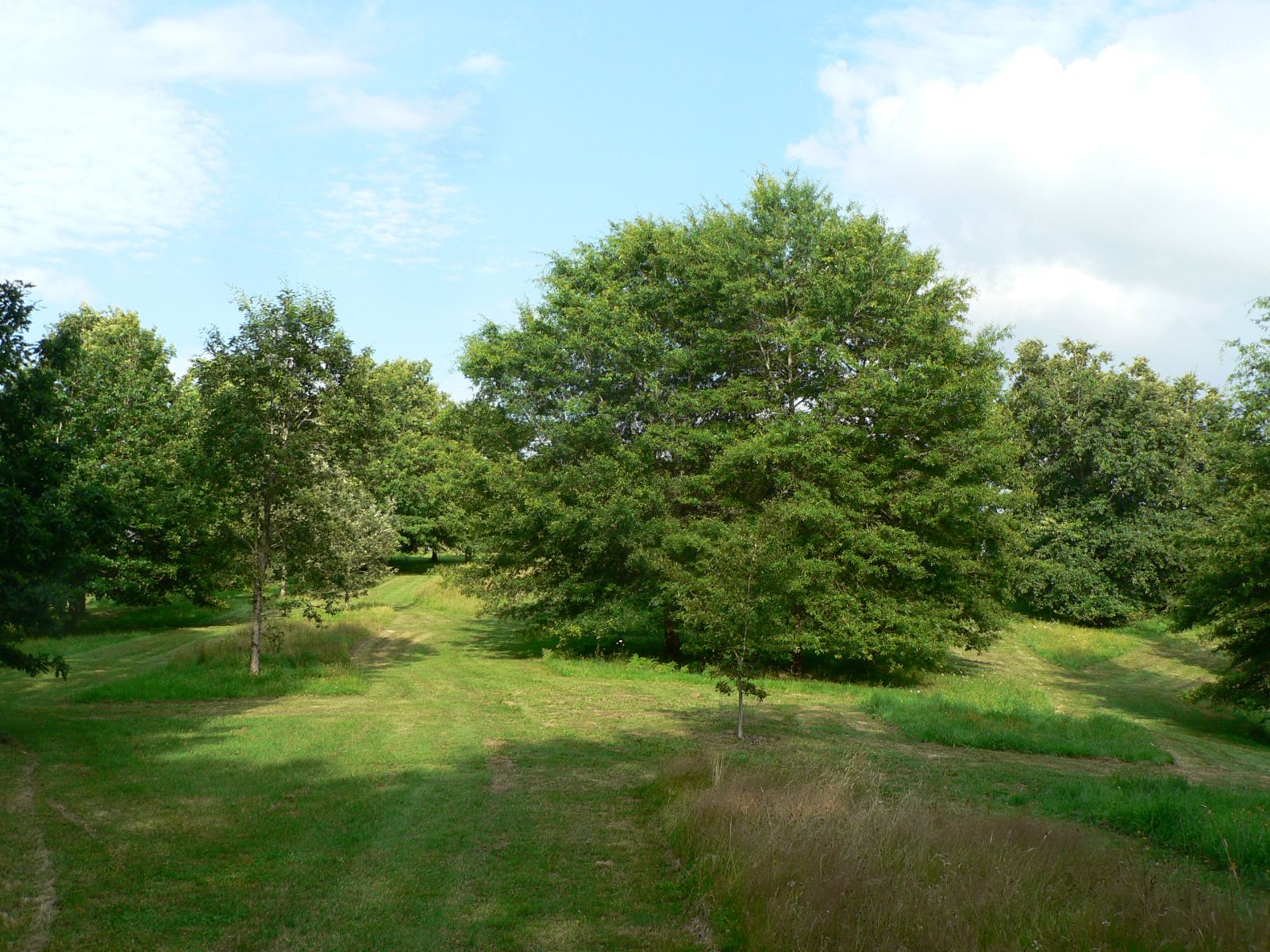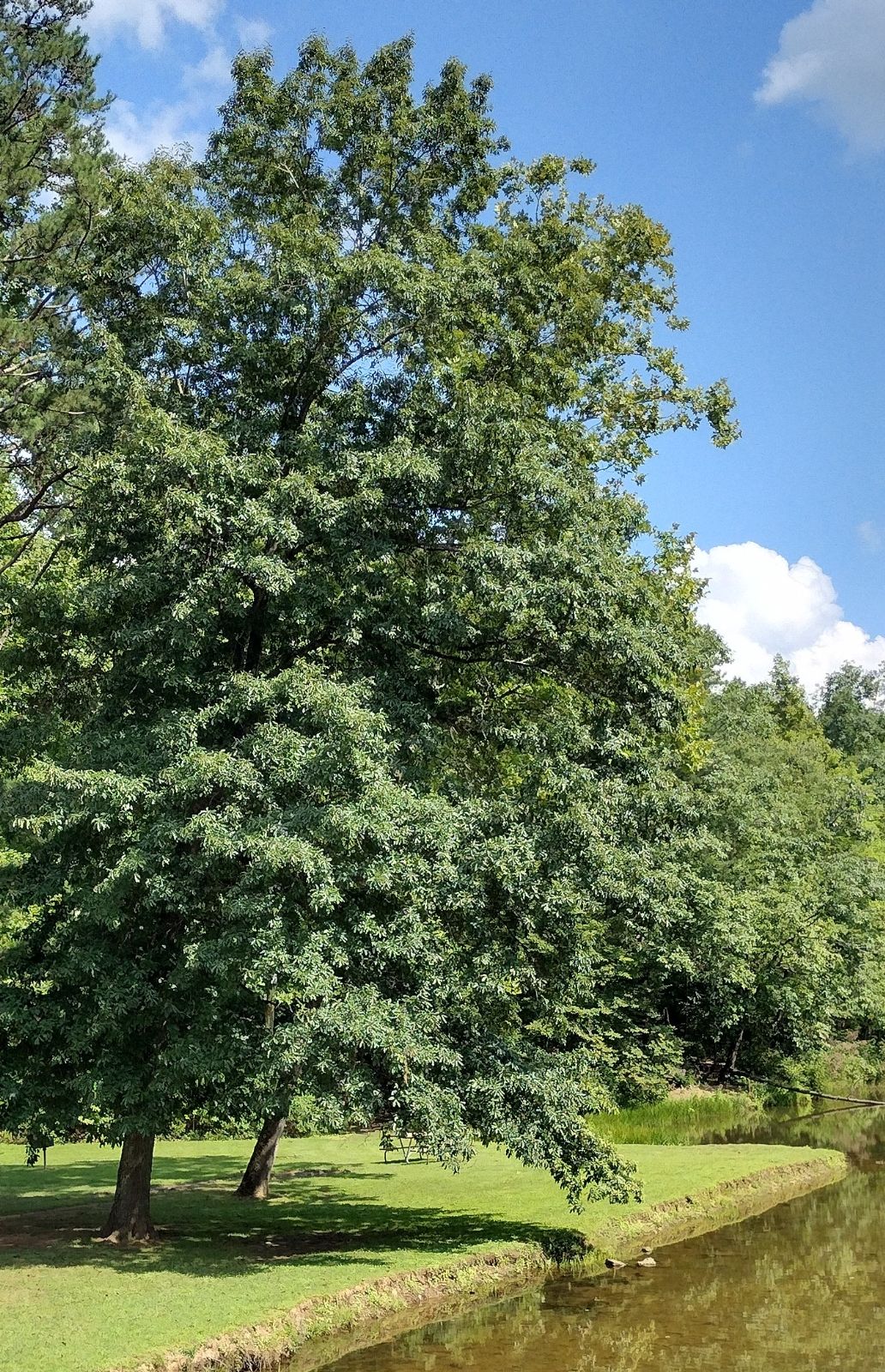Quercus phellos
Sponsor
Kindly sponsored by
The Trees and Shrubs Online Oak Consortium
Credits
Article from Bean's Trees and Shrubs Hardy in the British Isles
Recommended citation
'Quercus phellos' from the website Trees and Shrubs Online (treesandshrubsonline.
Genus
Common Names
- Willow Oak
Infraspecifics
Other taxa in genus
- Quercus acerifolia
- Quercus acherdophylla
- Quercus acrodonta
- Quercus acuta
- Quercus acutifolia
- Quercus acutissima
- Quercus afares
- Quercus affinis
- Quercus agrifolia
- Quercus alba
- Quercus aliena
- Quercus alnifolia
- Quercus aquifolioides
- Quercus arizonica
- Quercus arkansana
- Quercus aucheri
- Quercus augustini
- Quercus austrina
- Quercus × auzendei
- Quercus baloot
- Quercus bambusifolia
- Quercus baronii
- Quercus bicolor
- Quercus brantii
- Quercus buckleyi
- Quercus canariensis
- Quercus canbyi
- Quercus candicans
- Quercus castanea
- Quercus castaneifolia
- Quercus cerris
- Quercus chenii
- Quercus chrysolepis
- Quercus coccifera
- Quercus cocciferoides
- Quercus coccinea
- Quercus conspersa
- Quercus crassifolia
- Quercus crassipes
- Quercus delavayi
- Quercus dentata
- Quercus deserticola
- Quercus dolicholepis
- Quercus douglasii
- Quercus dumosa
- Quercus durifolia
- Quercus eduardii
- Quercus ellipsoidalis
- Quercus emoryi
- Quercus engelmannii
- Quercus engleriana
- Quercus euboica
- Quercus eugeniifolia
- Quercus fabri
- Quercus faginea
- Quercus falcata
- Quercus floribunda
- Quercus frainetto
- Quercus franchetii
- Quercus fruticosa
- Quercus fusiformis
- Quercus gambelii
- Quercus garryana
- Quercus geminata
- Quercus georgiana
- Quercus germana
- Quercus gilliana
- Quercus gilva
- Quercus glabrescens
- Quercus glauca
- Quercus graciliformis
- Quercus gravesii
- Quercus griffithii
- Quercus grisea
- Quercus guyavifolia
- Quercus hartwissiana
- Quercus hemisphaerica
- Quercus × hispanica
- Quercus hondae
- Quercus hypargyrea
- Quercus hypoleucoides
- Quercus ilex
- Quercus ilicifolia
- Quercus imbricaria
- Quercus incana
- Quercus infectoria
- Quercus insignis
- Quercus ithaburensis
- Quercus kelloggii
- Quercus × kewensis
- Quercus kiukiangensis
- Quercus laceyi
- Quercus laevis
- Quercus lamellosa
- Quercus lanata
- Quercus lancifolia
- Quercus laurifolia
- Quercus laurina
- Quercus × leana
- Quercus leucotrichophora
- Quercus × libanerris
- Quercus libani
- Quercus lobata
- Quercus lobbii
- Quercus lodicosa
- Quercus longinux
- Quercus longispica
- Quercus look
- Quercus × ludoviciana
- Quercus macranthera
- Quercus macrocalyx
- Quercus macrocarpa
- Quercus macrolepis
- Quercus marilandica
- Quercus mexicana
- Quercus michauxii
- Quercus mongolica
- Quercus monimotricha
- Quercus montana
- Quercus morii
- Quercus muehlenbergii
- Quercus myrsinifolia
- Quercus myrtifolia
- Quercus nigra
- Quercus × numidica
- Quercus oblongifolia
- Quercus obtusata
- Quercus oglethorpensis
- Quercus oxyodon
- Quercus pagoda
- Quercus palmeri
- Quercus palustris
- Quercus pannosa
- Quercus parvula
- Quercus petraea
- Quercus phillyreoides
- Quercus planipocula
- Quercus poilanei
- Quercus polymorpha
- Quercus pontica
- Quercus prinoides
- Quercus pubescens
- Quercus pyrenaica
- Quercus rehderiana
- Quercus reticulata
- Quercus robur
- Quercus rotundifolia
- Quercus rubra
- Quercus rugosa
- Quercus rysophylla
- Quercus sadleriana
- Quercus salicina
- Quercus sartorii
- Quercus × schneideri
- Quercus schottkyana
- Quercus semecarpifolia
- Quercus senescens
- Quercus serrata
- Quercus sessilifolia
- Quercus setulosa
- Quercus shumardii
- Quercus sinuata
- Quercus spinosa
- Quercus stellata
- Quercus stenophylloides
- Quercus suber
- Quercus subspathulata
- Quercus tarokoensis
- Quercus tatakaensis
- Quercus texana
- Quercus tomentella
- Quercus trojana
- Quercus tungmaiensis
- Quercus turbinella
- Quercus × turneri
- Quercus undulata
- Quercus utahensis
- Quercus utilis
- Quercus uxoris
- Quercus variabilis
- Quercus velutina
- Quercus virginiana
- Quercus vulcanica
- Quercus warburgii
- Quercus wislizenii
- Quercus xalapensis
A deciduous tree from 70 to 100 ft high, forming a rounded or columnar head of branches; bark glabrous, grey; young shoots and leaves at first downy, then glabrous. Leaves pale green, thin, oblong-lanceolate, tapered at the base, mostly pointed at the apex, entire, or slightly wavy on each margin; 2 to 51⁄2 in. long, 1⁄3 to 1 in. wide; stalk 1⁄8 to 1⁄4 in. long, minutely downy or glabrous. Acorns (rarely seen on introduced trees) scarcely bigger than a large red currant, and produced in a shallow, saucer-shaped cup.
Native of the Atlantic states of the USA to northern Florida, thence westward through the lower Mississippi valley to eastern Texas; introduced early in the 18th century. It is quite distinct from all the other cultivated deciduous oaks in its glabrous, narrow, normally untoothed leaves. In the young state it is a very elegant tree. Although not common in Britain, it thrives here and reaches a large size, as the following measurements show: Kew, near the Pagoda, a forked tree 70 × 12 ft at 3 ft (1967); in the Oak collection, 64 × 71⁄4 ft (1972) and pl. 1901, 77 × 7 ft, grafted at ground-level (1972); Knap Hill Nursery, Surrey, 60 × 111⁄2 ft (1961); Cobham Hall, Kent, 82 × 121⁄4 ft (1965); Highnam Court, Glos., 52 × 8 ft at 4 ft (1970); Bicton, Devon, 57 × 63⁄4 ft at 4 ft (1968); Glen-durgan, Cornwall, 40 × 53⁄4 ft (1965).
From the Supplement (Vol. V)
specimens: Kew, in Oak Collection, pl. 1901, 75 × 81⁄4 ft, pl. 1906, 76 × 71⁄2 ft (1986) and in oak planting west of Broad Walk, 66 × 123⁄4 ft at 3 ft (1981); Syon House, London, 60 × 41⁄4 ft (1982); Alexandra Park, Hastings, Sussex, 85 × 71⁄4 ft (1983); Knap Hill Nursery, Surrey, 65 × 121⁄4 ft (1974); Highnam Court, Glos., 52 × 8 ft at 4 ft (1970); Powis Castle, Powys, 66 × 81⁄4 ft (1981).
Q laurifolia Michx.
Synonyms
Q. rhombica Sarg.
Q. obtusa (Willd.) Ashe
Q. hybrida Ashe
Q. hemisphaeriea Bartr. ex Willd



